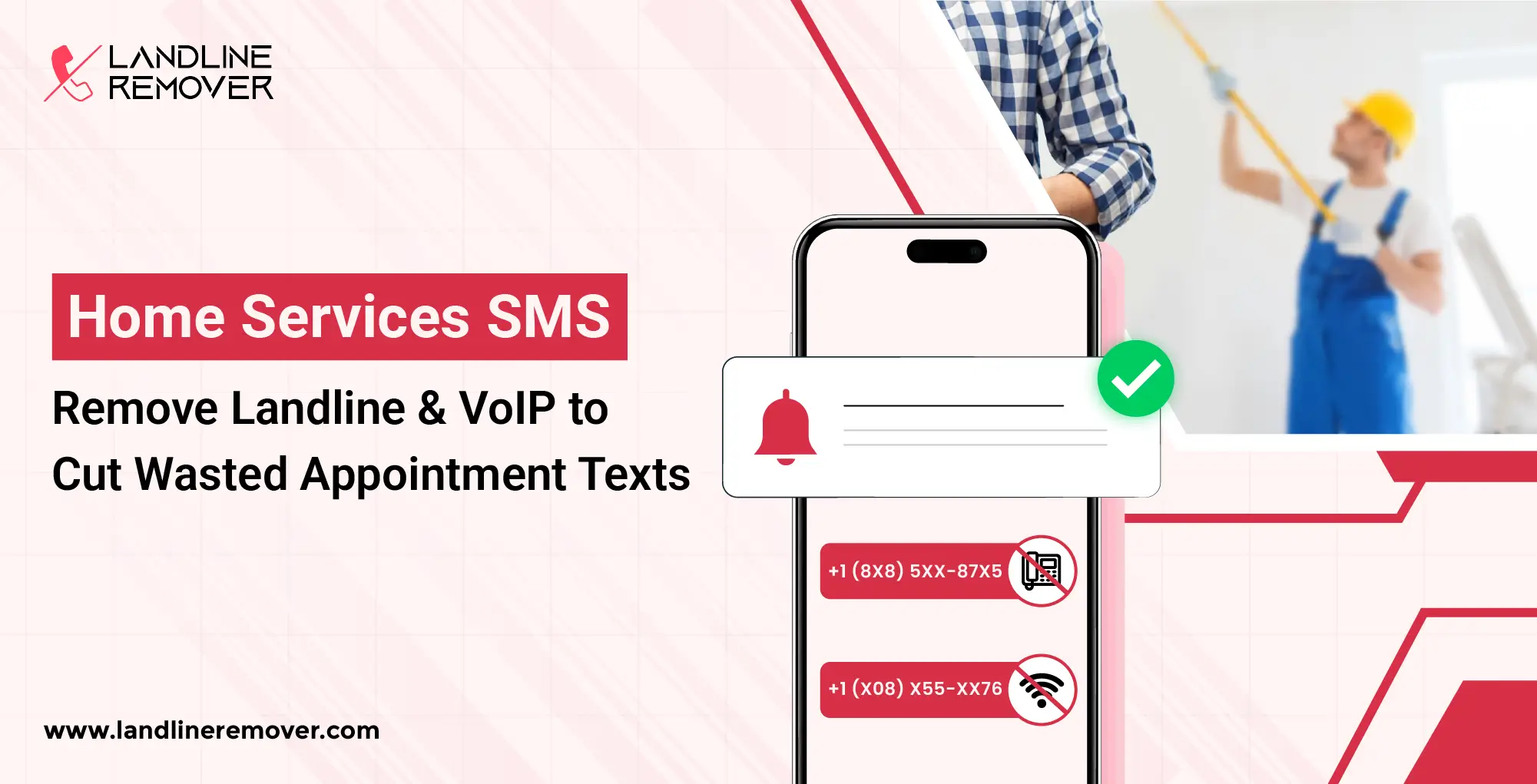Why Bad Phone Number List Is a Big Problem in Home Services Businesses
Home service businesses work differently from online or office-based businesses. They heavily depend on appointments, reminders, time slots, and physical visits. So, if the one text message fails, it impacts heavily. In the home service business, one missed text can break the entire day’s plan.
Appointments are the heart of the home service business. Each home service business runs on a schedule. For example, a plumber visits the home at fixed times, an HVAC technician follows the tight route, and a cleaner moves from one house to another. If the customer does not receive a reminder, they may forget the appointment, be out, or assume the visit was canceled. It can be the reason for missed or delayed jobs.
What is the Hidden Cost of Wasted Appointment Texts?
At first glance, a missed appointment text doesn’t look like a major issue. You think it’s just one message that didn’t go through. However, in the home service business, these small failures happen often and quietly turn into major problems. Most of these failed texts are caused by landline and VoIP numbers that cannot receive SMS. However, they stay hidden inside the contact list.
When the text goes to the wrong type of number, the customer never sees the reminder, but you still pay for the message. The technician prepares for the visit, drives to the location, and then realizes the customer is not home or forgot the appointment. In short, one single text message can be the reason for wasted time, fuel, and an empty time slot that cannot be reused.
Over time, this creates a chain of reactions. No-shows increase, the daily schedule falls apart, and customers feel confused because they never received updates. Even though the problem is technical, customers blame the business for poor communication, which slowly hurts trust and future bookings.
Let’s see how one failed text creates multiple losses at the same time.
| Impact Area |
Result of Wasted Appointment Texts |
| Text delivery |
Messages fail silently |
| SMS cost |
Paid even when not delivered |
| Appointments |
Higher no-show rate |
| Technician time |
Wasted travel and waiting |
| Fuel and operations |
Extra cost with no return |
| Customer experience |
Confusion and frustration |
| Business revenue |
Missed jobs and lost income |
Removing landline and VoIP numbers before sending SMS helps you save on cost, time, and effort. It ensures appointment reminders reach real mobile phones, keeps schedules smooth, and protects revenue from unnecessary losses.
If 30% of your numbers are landline or VoIP, and you send 1,000 texts a month. It means 300 messages are wasted every month. You don’t see it initially, but you pay for it over time.




